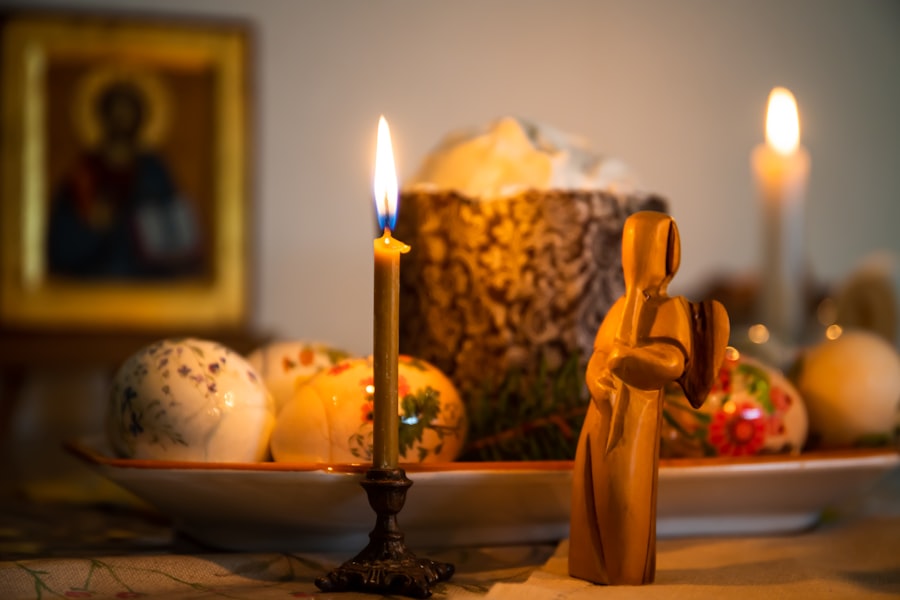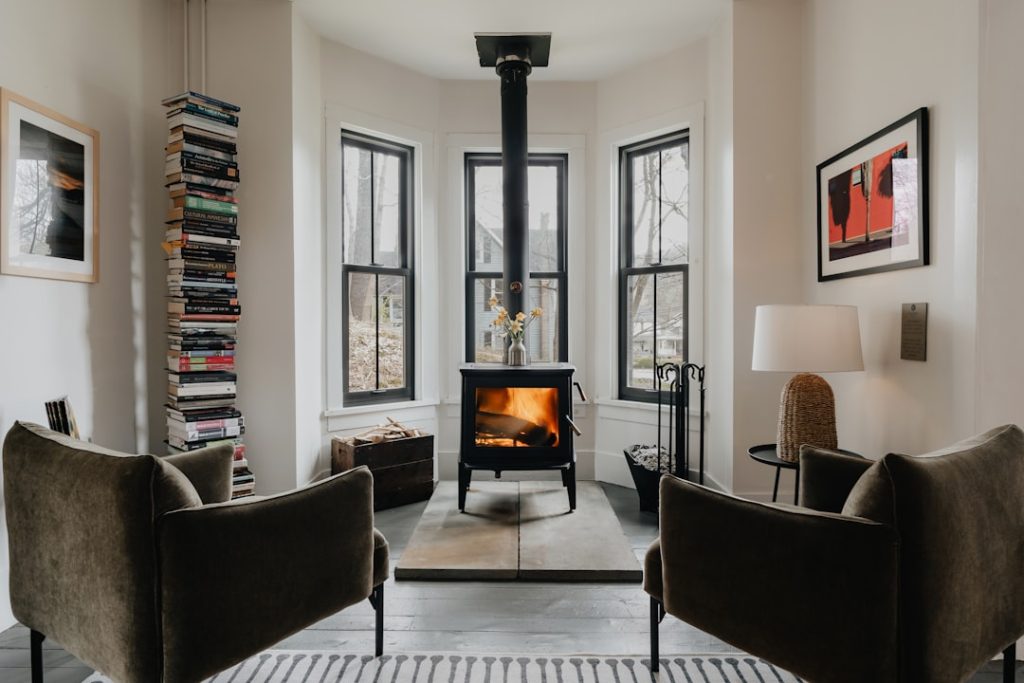Baby chickens, or chicks, are highly susceptible to cold weather due to their small size and underdeveloped feathers. During winter, it is essential to address their specific needs to maintain their health and survival. Chicks require a warm, dry environment as they cannot effectively regulate their body temperature in early life.
Without proper care, they risk developing potentially fatal hypothermia. Providing adequate shelter, bedding, and heat sources is crucial for their comfort and well-being in cold conditions. Careful monitoring of chick behavior and health is vital, as any signs of distress or illness must be addressed immediately.
Understanding and meeting the needs of baby chickens in winter allows poultry farmers and backyard chicken keepers to implement necessary measures for ensuring chick welfare during this challenging season. Chicks’ delicate nature demands special attention, particularly in winter. Their vulnerability to cold stems from their small size and lack of insulating feathers.
Creating a warm, dry environment is critical for their survival and growth, as they cannot maintain their body temperature independently in early life stages. Proper shelter, bedding, and heat sources are essential components of winter care for chicks. Regular observation of their behavior and health enables prompt identification and treatment of any issues that may arise.
By comprehending and addressing the specific requirements of baby chickens in winter, caretakers can effectively safeguard the well-being of their chicks during this difficult period.
Table of Contents
- 1 Providing proper shelter and bedding for baby chickens
- 2 Utilizing heat lamps and heating pads to keep baby chickens warm
- 3 Ensuring proper ventilation while keeping baby chickens warm
- 4 Feeding baby chickens a high-energy diet to help them stay warm
- 5 Monitoring the temperature and health of baby chickens during winter
- 6 Implementing additional measures to protect baby chickens from cold weather
- 7 FAQs
- 7.1 What are the best ways to keep baby chickens warm in the winter?
- 7.2 What temperature should the coop be for baby chickens in the winter?
- 7.3 Are there any specific bedding materials that are best for keeping baby chickens warm in the winter?
- 7.4 Should I use a heat lamp to keep baby chickens warm in the winter?
- 7.5 What are some signs that baby chickens are too cold in the winter?
Key Takeaways
- Baby chickens need extra care and attention during winter to stay warm and healthy
- Proper shelter and bedding are essential for protecting baby chickens from the cold
- Heat lamps and heating pads can be used to provide additional warmth for baby chickens
- It’s important to maintain proper ventilation while keeping baby chickens warm to prevent respiratory issues
- Feeding baby chickens a high-energy diet can help them generate body heat and stay warm
- Regular monitoring of temperature and health is crucial to ensure the well-being of baby chickens during winter
- Additional measures such as insulating the coop and using heated waterers can further protect baby chickens from cold weather
Providing proper shelter and bedding for baby chickens
Providing Proper Shelter
In order to keep baby chickens warm during winter, it is essential to provide them with proper shelter. A well-insulated coop or brooder will help protect them from the cold temperatures outside. The coop should be draft-free and have good ventilation to prevent moisture buildup, which can lead to respiratory issues for the chicks.
Importance of Bedding
Additionally, providing a thick layer of bedding such as straw or wood shavings will help insulate the floor and keep the chicks warm. It is important to regularly clean and replace the bedding to maintain a dry and hygienic environment for the chicks. This will help prevent the growth of harmful bacteria and fungi that thrive in damp conditions.
Creating a Comfortable Environment
By providing proper shelter and bedding for baby chickens, poultry farmers and backyard chicken keepers can create a comfortable and safe space for their chicks to grow and thrive during the winter months. This will help ensure the health and well-being of the chicks, and promote a successful and stress-free winter season.
Utilizing heat lamps and heating pads to keep baby chickens warm

Heat lamps and heating pads are essential tools for keeping baby chickens warm during winter. These heat sources can be placed in the coop or brooder to provide a consistent source of warmth for the chicks. It is important to position the heat lamps or heating pads at a safe distance from the chicks to prevent any accidents or injuries.
When using heat lamps, it is crucial to secure them properly to prevent them from falling and causing a fire hazard. Additionally, it is recommended to use red bulbs instead of white bulbs, as they create a more natural and calming light for the chicks. Heating pads can also be used to provide warmth for baby chickens, especially in smaller brooders or incubators.
By utilizing heat lamps and heating pads, poultry farmers and backyard chicken keepers can ensure that their baby chickens stay warm and comfortable during the winter months. These heat sources are essential for maintaining the optimal temperature for the chicks’ growth and development. Heat lamps and heating pads are essential tools for keeping baby chickens warm during winter.
These heat sources can be placed in the coop or brooder to provide a consistent source of warmth for the chicks. It is important to position the heat lamps or heating pads at a safe distance from the chicks to prevent any accidents or injuries. When using heat lamps, it is crucial to secure them properly to prevent them from falling and causing a fire hazard.
Additionally, it is recommended to use red bulbs instead of white bulbs, as they create a more natural and calming light for the chicks. Heating pads can also be used to provide warmth for baby chickens, especially in smaller brooders or incubators. By utilizing heat lamps and heating pads, poultry farmers and backyard chicken keepers can ensure that their baby chickens stay warm and comfortable during the winter months.
These heat sources are essential for maintaining the optimal temperature for the chicks’ growth and development.
Ensuring proper ventilation while keeping baby chickens warm
While it is important to keep baby chickens warm during winter, it is equally crucial to ensure proper ventilation in their coop or brooder. Good ventilation helps remove excess moisture and ammonia from the air, which can lead to respiratory issues for the chicks. It also helps regulate the temperature inside the coop, preventing it from becoming too stuffy or humid.
Proper ventilation can be achieved by installing vents or windows in the coop that can be opened or closed as needed. It is important to monitor the airflow regularly to ensure that there is enough fresh air circulating inside the coop without causing drafts that could chill the chicks. By ensuring proper ventilation while keeping baby chickens warm, poultry farmers and backyard chicken keepers can create a healthy and comfortable environment for their chicks during the winter months.
While it is important to keep baby chickens warm during winter, it is equally crucial to ensure proper ventilation in their coop or brooder. Good ventilation helps remove excess moisture and ammonia from the air, which can lead to respiratory issues for the chicks. It also helps regulate the temperature inside the coop, preventing it from becoming too stuffy or humid.
Proper ventilation can be achieved by installing vents or windows in the coop that can be opened or closed as needed. It is important to monitor the airflow regularly to ensure that there is enough fresh air circulating inside the coop without causing drafts that could chill the chicks. By ensuring proper ventilation while keeping baby chickens warm, poultry farmers and backyard chicken keepers can create a healthy and comfortable environment for their chicks during the winter months.
Feeding baby chickens a high-energy diet to help them stay warm
Feeding baby chickens a high-energy diet is essential for helping them stay warm during winter. Chicks require more energy to maintain their body temperature in cold weather, so it is important to provide them with a diet that is rich in nutrients and calories. A commercial chick starter feed with a higher protein content can help support their growth and provide them with the energy they need to stay warm.
In addition to their regular feed, baby chickens can also benefit from supplemental treats such as mealworms, cracked corn, or sunflower seeds, which are high in fat and protein. These treats can help boost their energy levels and provide extra warmth during colder temperatures. By feeding baby chickens a high-energy diet, poultry farmers and backyard chicken keepers can help ensure that their chicks have the nutrition they need to stay healthy and warm throughout the winter months.
Feeding baby chickens a high-energy diet is essential for helping them stay warm during winter. Chicks require more energy to maintain their body temperature in cold weather, so it is important to provide them with a diet that is rich in nutrients and calories. A commercial chick starter feed with a higher protein content can help support their growth and provide them with the energy they need to stay warm.
In addition to their regular feed, baby chickens can also benefit from supplemental treats such as mealworms, cracked corn, or sunflower seeds, which are high in fat and protein. These treats can help boost their energy levels and provide extra warmth during colder temperatures. By feeding baby chickens a high-energy diet, poultry farmers and backyard chicken keepers can help ensure that their chicks have the nutrition they need to stay healthy and warm throughout the winter months.
Monitoring the temperature and health of baby chickens during winter

Temperature Control is Key
Monitoring the temperature inside the coop or brooder is crucial during winter. Regularly check the temperature using a thermometer to ensure it remains within the optimal range for the chicks’ well-being. The ideal temperature for baby chickens is around 95 degrees Fahrenheit in their first week of life, which can gradually decrease by 5 degrees each week until they are fully feathered.
Monitoring Health and Behavior
In addition to monitoring the temperature, it is essential to observe the behavior and health of the chicks on a daily basis. Signs of distress or illness such as lethargy, huddling together for warmth, or decreased appetite should be addressed promptly by adjusting their environment or seeking veterinary care if necessary.
Taking Proactive Measures
By monitoring the temperature and health of baby chickens during winter, poultry farmers and backyard chicken keepers can take proactive measures to ensure that their chicks are thriving despite the challenges of cold weather.
Implementing additional measures to protect baby chickens from cold weather
In addition to providing proper shelter, heat sources, ventilation, and a high-energy diet for baby chickens during winter, there are additional measures that can be implemented to protect them from cold weather. One such measure is using insulation materials such as foam boards or reflective barriers on the walls of the coop or brooder to help retain heat inside. Another measure is using heated waterers to prevent water from freezing in cold temperatures, ensuring that baby chickens have access to clean drinking water at all times.
Additionally, providing extra bedding such as hay or straw can help create a cozy environment for the chicks while also insulating them from cold surfaces. By implementing these additional measures, poultry farmers and backyard chicken keepers can further safeguard their baby chickens from the challenges of cold weather during winter. In addition to providing proper shelter, heat sources, ventilation, and a high-energy diet for baby chickens during winter, there are additional measures that can be implemented to protect them from cold weather.
One such measure is using insulation materials such as foam boards or reflective barriers on the walls of the coop or brooder to help retain heat inside. Another measure is using heated waterers to prevent water from freezing in cold temperatures, ensuring that baby chickens have access to clean drinking water at all times. Additionally, providing extra bedding such as hay or straw can help create a cozy environment for the chicks while also insulating them from cold surfaces.
By implementing these additional measures, poultry farmers and backyard chicken keepers can further safeguard their baby chickens from the challenges of cold weather during winter. In conclusion, understanding the needs of baby chickens in winter is essential for providing them with proper care and ensuring their well-being during this challenging season. By providing adequate shelter, bedding, heat sources, ventilation, a high-energy diet, and monitoring their temperature and health closely, poultry farmers and backyard chicken keepers can create a safe and comfortable environment for their baby chickens despite the cold weather.
Implementing additional measures such as insulation materials, heated waterers, and extra bedding can further protect them from the challenges of winter. With careful attention and proactive measures, baby chickens can thrive even in cold temperatures, ensuring a healthy start to their lives on the farm or in backyard flocks.
If you’re looking for tips on how to keep baby chickens warm in the winter, you might also be interested in learning about different types of chicken coops. Check out this article on the A-Frame Chicken Coop for some ideas on how to provide a cozy and insulated shelter for your feathered friends during the colder months.
FAQs
What are the best ways to keep baby chickens warm in the winter?
To keep baby chickens warm in the winter, you can use heat lamps, heating pads, or brooders. It’s important to provide a draft-free and well-insulated coop for them.
What temperature should the coop be for baby chickens in the winter?
The coop should be kept at a temperature of around 95 degrees Fahrenheit for the first week, and then reduced by 5 degrees each week until the chickens are fully feathered.
Are there any specific bedding materials that are best for keeping baby chickens warm in the winter?
Bedding materials such as straw, pine shavings, or hemp bedding can help keep baby chickens warm in the winter. It’s important to keep the bedding dry and clean to prevent any health issues.
Should I use a heat lamp to keep baby chickens warm in the winter?
Yes, a heat lamp can be used to keep baby chickens warm in the winter. Make sure to position the heat lamp at a safe distance from the chicks to prevent any accidents.
What are some signs that baby chickens are too cold in the winter?
Some signs that baby chickens are too cold in the winter include huddling together, shivering, or being lethargic. It’s important to monitor their behavior and adjust the heating in the coop accordingly.
Meet Walter, the feathered-friend fanatic of Florida! Nestled in the sunshine state, Walter struts through life with his feathered companions, clucking his way to happiness. With a coop that’s fancier than a five-star hotel, he’s the Don Juan of the chicken world. When he’s not teaching his hens to do the cha-cha, you’ll find him in a heated debate with his prized rooster, Sir Clucks-a-Lot. Walter’s poultry passion is no yolk; he’s the sunny-side-up guy you never knew you needed in your flock of friends!







